Description
In England, more than half a million children and young people with special educational needs and disabilities have an Education, Health and Care Plan (EHCP). However, if not written properly or with careful attention to the specific needs of the individual, an EHCP can be ineffective or misleading.
This accessible handbook, aimed at parents and carers but relevant to professionals working in education and social care, acts as a guide through all of the stages of making an EHCP, equipping the reader with the information needed to ensure it provides clear guidance and support for the child or young people’s education journey. Alongside some accessible background to the legal process, this handbook offers practical solutions and strategies to avoid common pitfalls and misleading wording, helping families to advocate for their rights with the aim to promote more effective collaboration between parents and support teams.
Ekaterina Harrison held a webinar with another SEND parent, Julie Pender on how to make an effective education, health and care plan. You can watch the webinar on our Learning Disability Today website here.
View a sample of the book below.
Author
Ekaterina Harrison is a solicitor qualified to practise law in England and Wales. As an autistic woman and a mother to three neurodivergent children, she brings a unique perspective to her writing on special needs and legal entitlements. Her expertise in education law has developed through advocacy work for her children’s needs and volunteering with the charity SOS!SEN.
The illustrations inside the book are by Ekaterina Harrison’s son, James (age 11). He exhibited at the Royal Academy Young Artists’ Summer Show in 2023.
Content
Preface
Foreword by Eleanor Wright (SOS!SEN)
Part 1: EHCPs, their purpose, their history and more
Chapter 1: What is an EHCP?
Chapter 2: History, laws and enforcement
Chapter 3: Gathering information and advice
Chapter 4: Advocacy, self-advocacy and mental capacity
Part 2: A how-to guide to the EHCP and how to keep it updated
Chapter 5: Education sections (B, F and I)
Chapter 6: Health sections (C and G)
Chapter 7: Social care sections (D, H1 and H2)
Chapter 8: Other sections (A, E, J and K)
Chapter 9: Putting it all together and keeping it relevant
Final words
Case law references
Online resources
Details
Publisher: Pavilion Publishing and Media Ltd
ISBN: 9781803883953
Publication date: 26 June 2024
Pages: 154

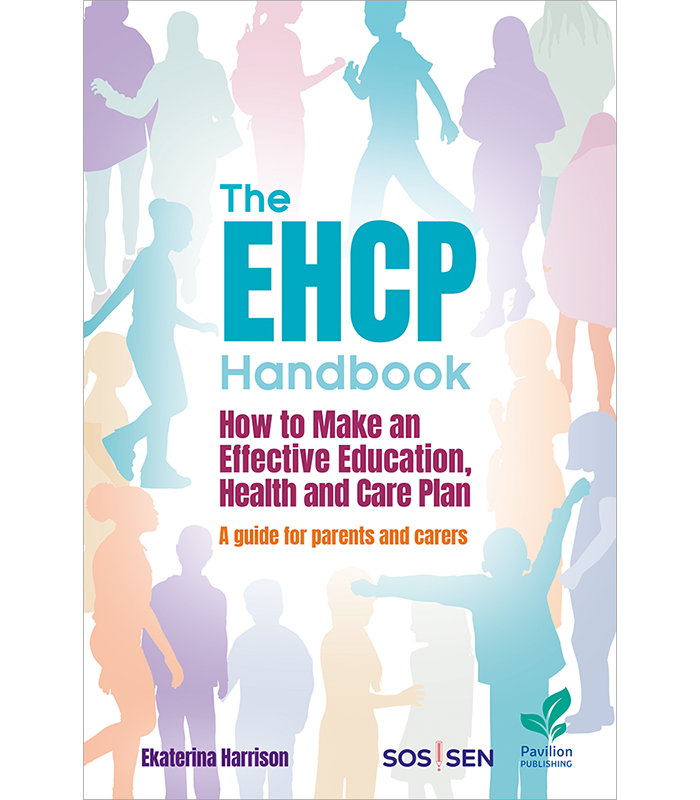
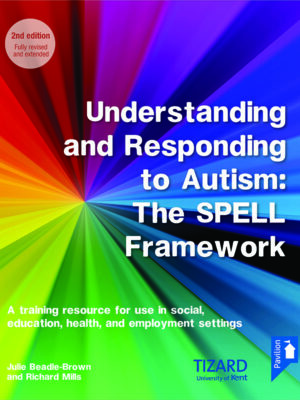
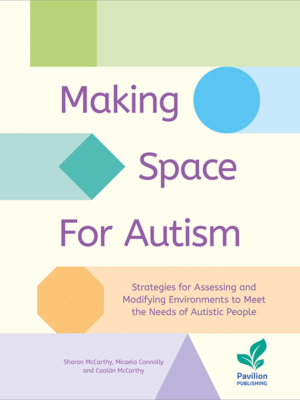
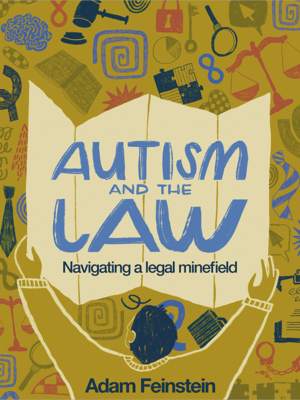
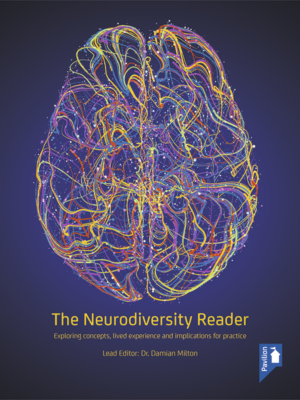
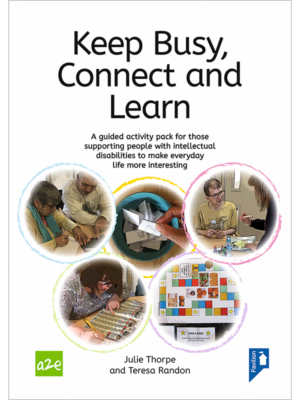
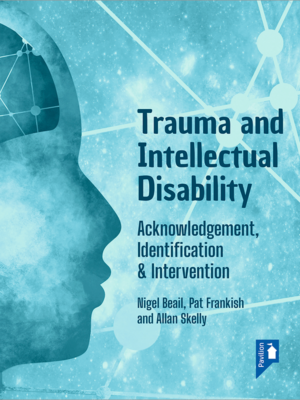
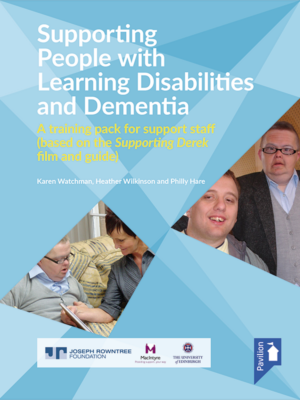
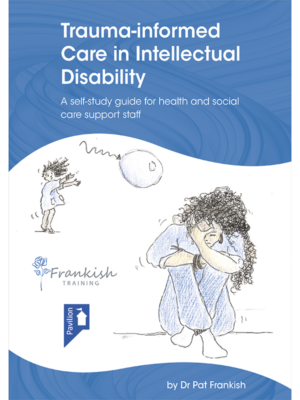
Yasmin Hersi –
I have this book it’s amazing!
Vita Kristapaite –
I read your book and it’s very inspirational!!!
Mike Boyce, Senior Business Development Manager, OLM Systems –
The handbook is ideal for advising parents & carers in the EHC process.
Katy Harries, Lawyer and member of the Late Discovered Club and parent of a neurodivergent child –
The EHCP Handbook is a must read for all parents preparing to do battle, or already partway through the battle (because that is what it is!) for an EHCP. The complexities of the law, legal practice and what local authorities are doing in practice is a complete minefield. This Handbook effectively holds your hand through the ECHP drafting process, breaking things down into easy to understand language and concepts. The use of analogies (chocolate teapot anyone?), examples and helpful tables really help illustrate the points made.
For such a “heavy” topic, the layout of the book works really well, and the illustrations by the author’s son are wonderful. He is so talented – they really help remind you of why we are fighting these battles – for our awesome children. From a more practical point, they help things stick in your mind – the “weasel words” will be forever associated with the sketch in the book. The tables provide a useful reference point and the examples are so helpful in demonstrating the sort of wording that is needed in an EHCP. I think a series of Handbooks are in order, if she has enough spoons to write them.
Wendy Janes, SOS!SEN volunteer and parent of neurodivergent adult –
A wonderful resource for parents and carers who want to know more about getting an EHCP for their child, and what an EHCP should look like.
Packed full of information about the EHC needs assessment process, the EHCP itself, and the process of reviewing an EHCP, this book contains practical advice, references to law, regulations and guidance, but doesn’t overwhelm (or patronize) the reader. Boxes and tables are used to good effect, and I think the tables are particularly useful because they set out quite complex information in an accessible way. And the illustrations are absolutely delightful. My favourite is the chocolate teapot.
With regard to the EHCP itself, I really like the way the author explains the different sections of the document, and then explains how they all fit together. In addition, I think the visualization exercises and the space at the end of chapters to take a moment to reflect will be invaluable to families, giving them the time to consider things in a mindful way.
I’m sure that the warm and reassuring tone, the clear language, and the positive and inspiring final words will give families the confidence to negotiate with local authorities to try and ensure that their child’s EHCP is the effective document it should be.
Henrietta, SEN Advocate and parent to four neurodivergent young people –
This book is a breath of fresh air! Written for parents with empathy and optimism. A practical and comprehensive guide which gives the reader a clear understanding of the EHCP process. The law is broken down and fully explained. The visualisation of the EHCP is an excellent aid for understanding the different sections of the EHCP and their purpose.